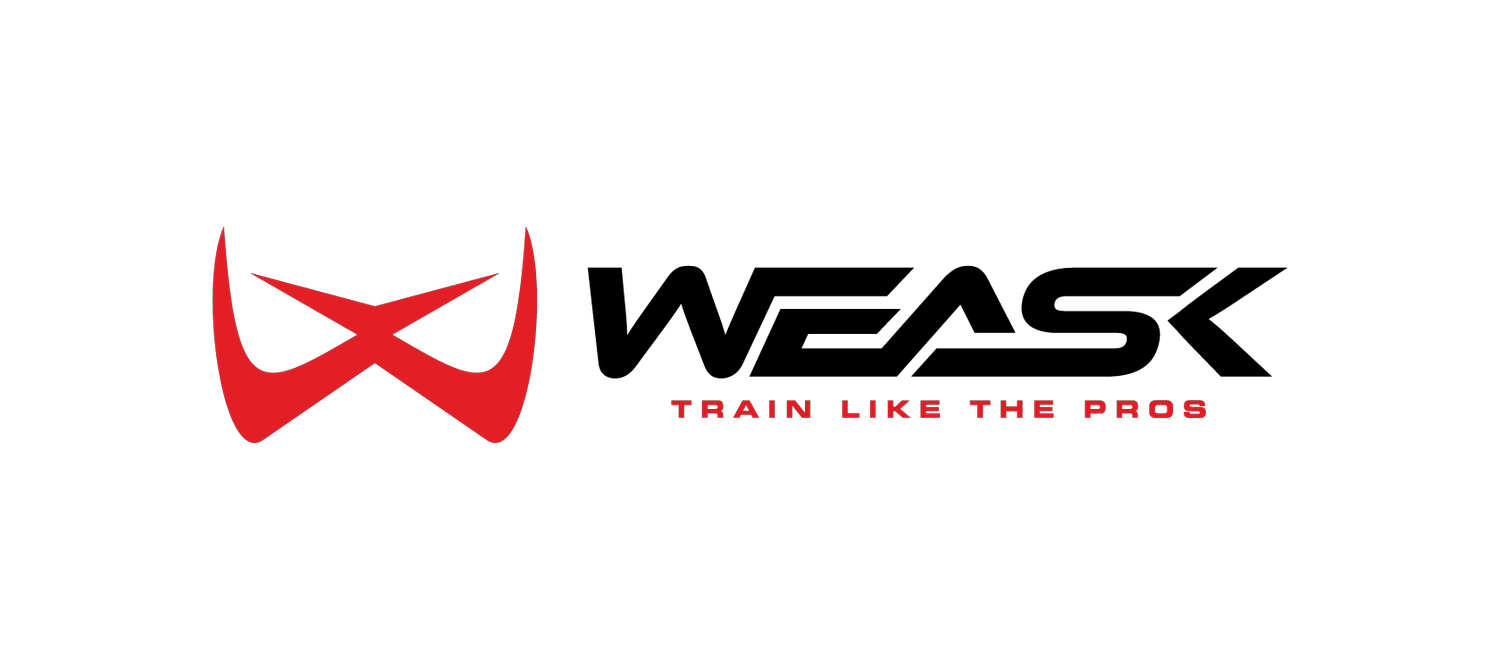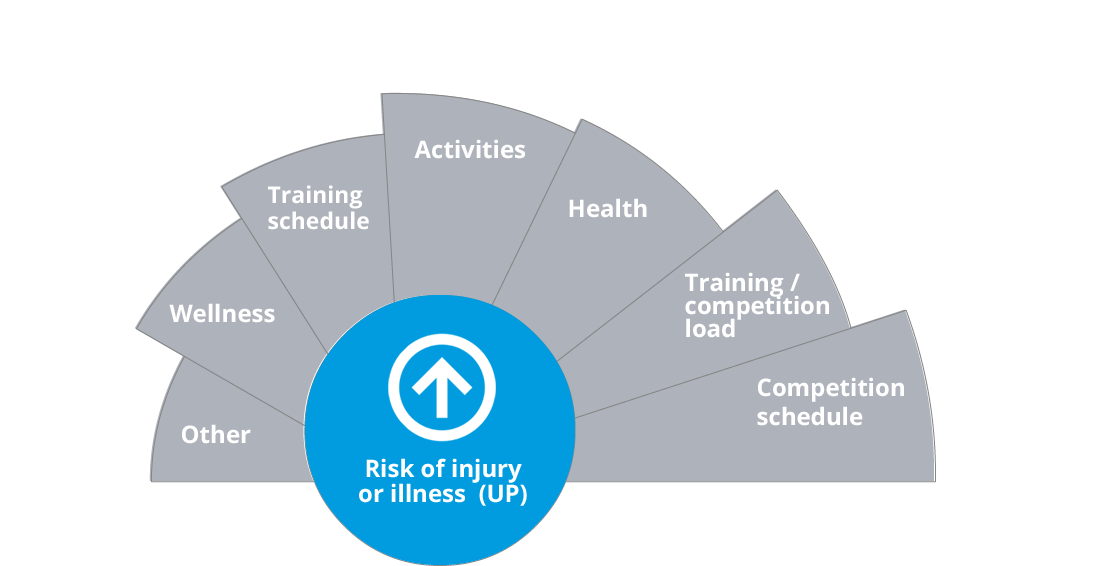
workload management
Keep athletes fit, healthy and ready to win
WEASK, LLC IS THE PROUD NORTH AMERICAN DISTRIBUTOR OF ATHLETEMONITORING
-

FREQUENCY IS ALARMING
1.5M high school and college athletes are injured in the US every year, while every hour, 172 student-athletes suffer a sports injury severe enough to seek medical attention.
-

COSTS ARE ENORMOUS
Injuries can cause athletes’ to drop-out from sport, negatively affect his/her long term health and often place an increased burden on the health care system.
-

ATHLETES CAN BE OVERTRAINED OR UNDERTRAINED
Athletes who are training intensively walk a fine line between peak performance and health issues. Training too much (or to little) will inevitably result in disappointing performance, illnesses or injury.
-

WE CAN HELP
Athlete Monitoring uses evidence-based methods to provides you with a real-time picture of each athlete’s risk of injury and readiness. It helps you adjust training programs based on individual response to load, and improve performance safely.
keep athletes in the ‘high performance -low risk’ zone
Load, injuries and performance are closely tied. Optimal workload management helps you monitor the individual load-performance-injury relationship and maximize athletic potential safely.
The Acute:Chronic Workload Ratio (ACWR) is a crucial workload management metric that measure the relationship between acute load (3-7 day load) and chronic load (21-28 days average load). Monitoring ACWR helps to keep athletes in the ‘high-load, low-risk zone’ and maximize performance while minimizing the risk of injuries. (adapted from: Foster, 1996; Gabbett TJ, 2016)
risk is multifaceted-Everything counts
Athlete Monitoring helps you monitor risk factors in real time, and optimize workload using a holistic approach
Athlete monitoring in practice
How it works
Athletes complete a short wellness questionnaire every morning and a quick post-session questionnaire.
Coaches or sport scientists can also import GPS, heart rate and external load data from their preferred wearable device / sport tracker.
Athlete Monitoring alerts coaches when an athlete is not ready for a hard training day, when risk increases and provide ‘how-to-fix’ recommendations.
Athlete Monitoring analyses wellness (fatigue, stress, sleep quality, etc), readiness and workload metrics (acute:chronic workload ratio, week to week load increase, monotony, strain, etc.) and identify individual issues using evidence-based algorithms and published risk thresholds.
Coach can then make an informed decision and adapt the athlete’s program based on the athletes’ individual workload alerts, fatigue (physical and psychological), wellness, fitness, health and recovery levels.
“WHEN WORKLOAD INCREASES BY ≥ 15% FROM THE PRECEDING WEEK, THE RISK OF INJURY CAN INCREASE BY UP TO 50%
DID YOU KNOW?
DOWNLOAD OUT PRACTICAL GUIDE TO LOAD MANAGEMENT AND INJURY PREVENTION.
In this document, you'll learn how to use the latest science and evidence-based workload management strategies to improve performance while preventing injuries.




